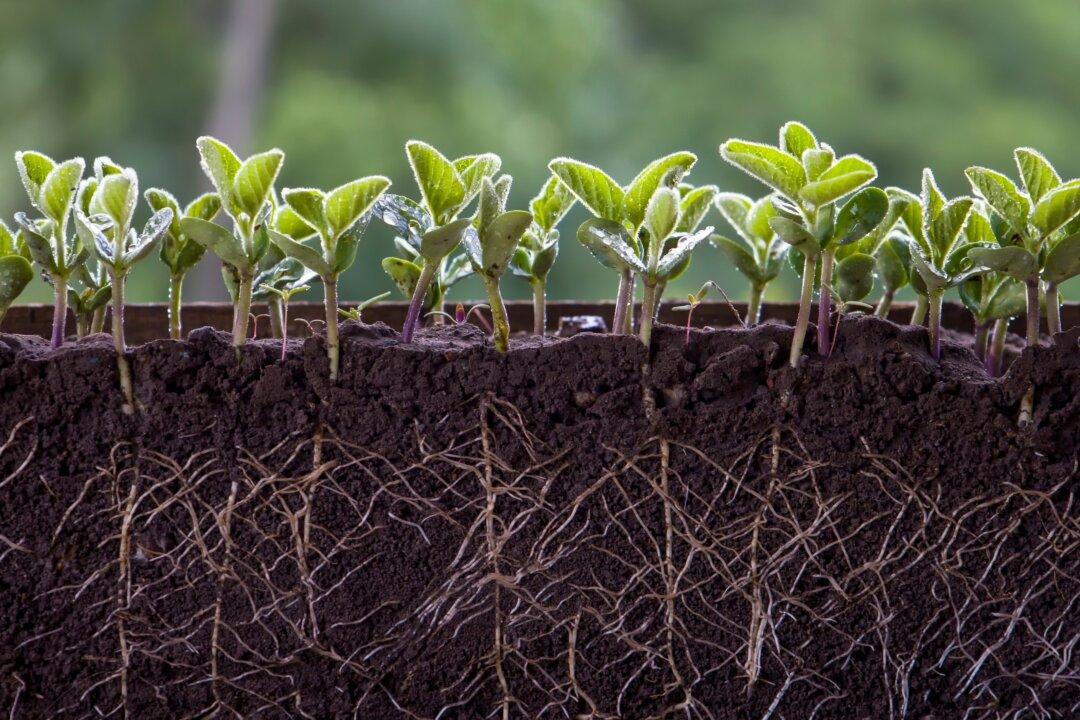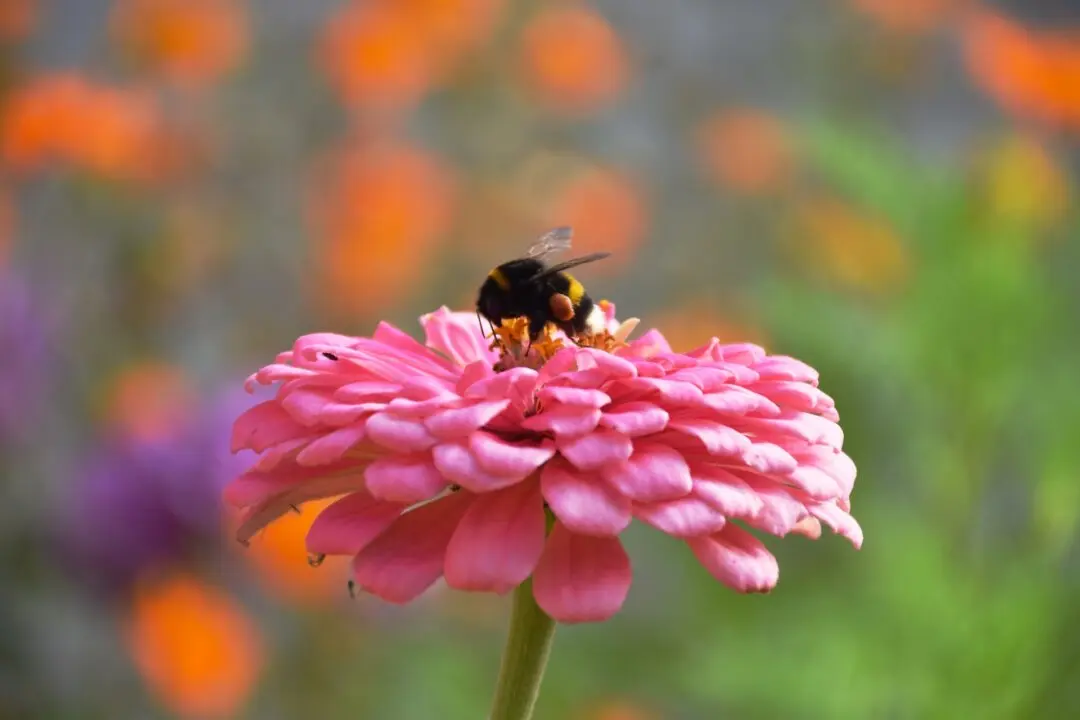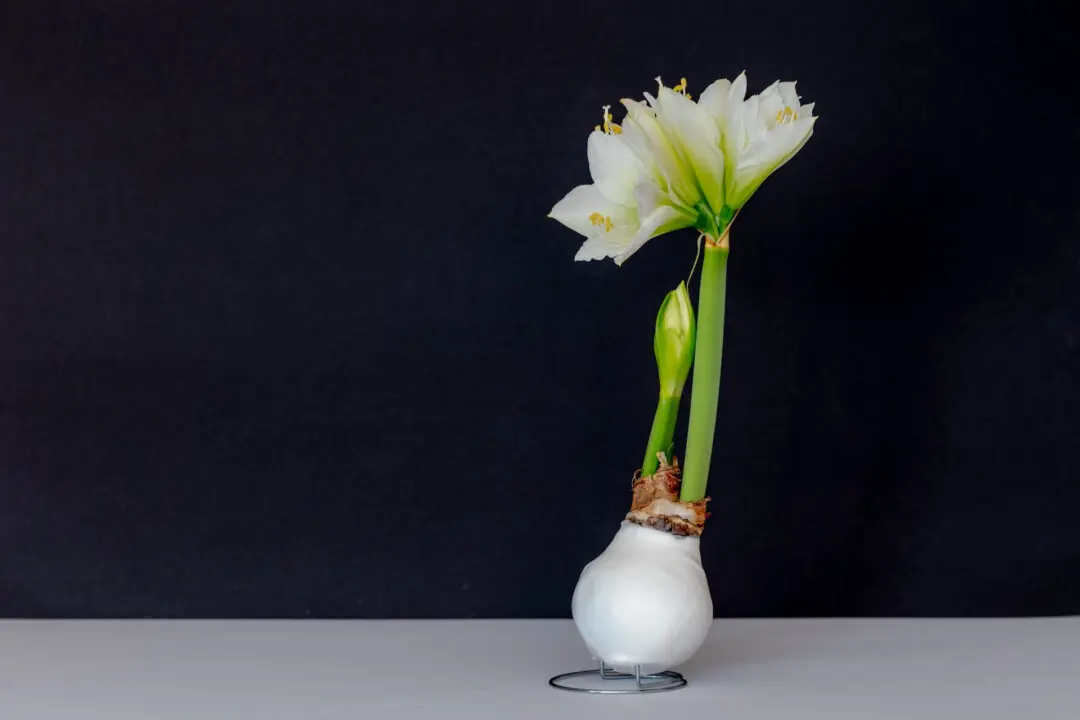Q: I plant my annuals and perennials the same way, and some plants flourish while some just sit there. What am I doing wrong, and can the problem be fixed after the plant is in the ground? For instance, I planted six tomato plants at the end of May, and though their color is fine, two of them haven’t grown an inch. They get plenty of light and water, but something is wrong.
A: This is a fairly common problem. It can have several causes. The most common is that the roots are having problems. It is easy to look at the top of the plant to see if there are insect or disease problems. You can also tell if the plant is planted in the proper setting for light, heat, and drainage. The problems that we can’t see are underground.





